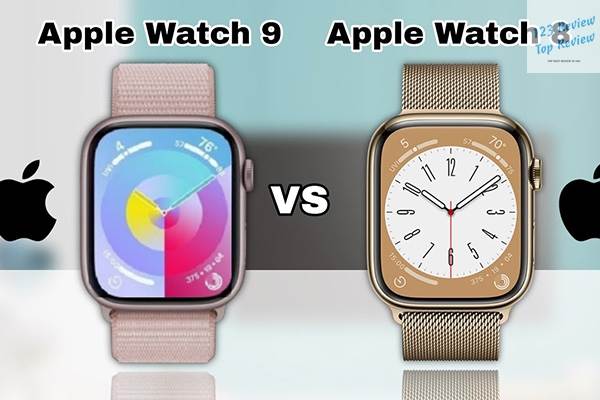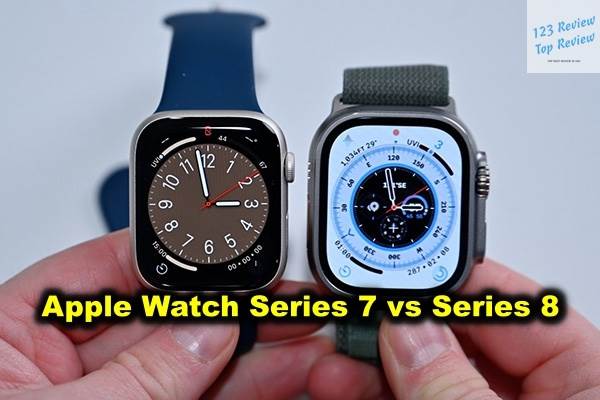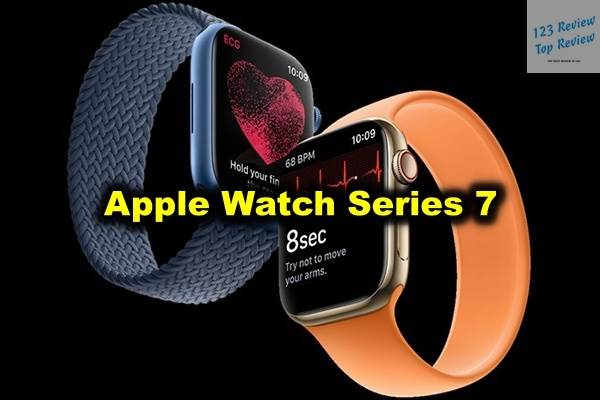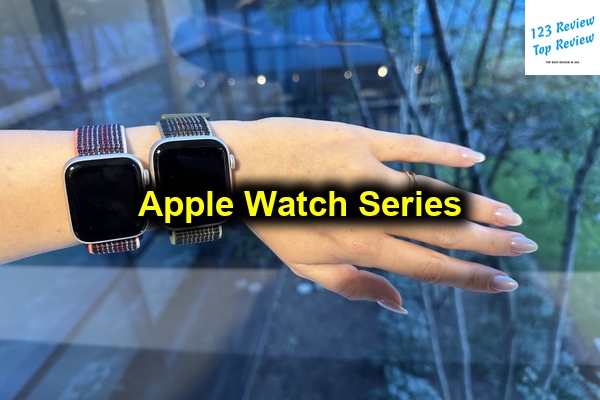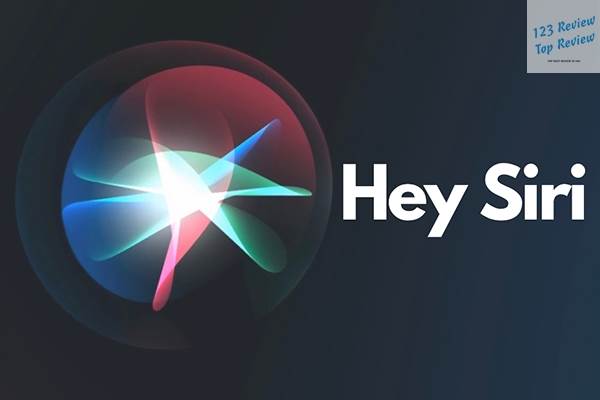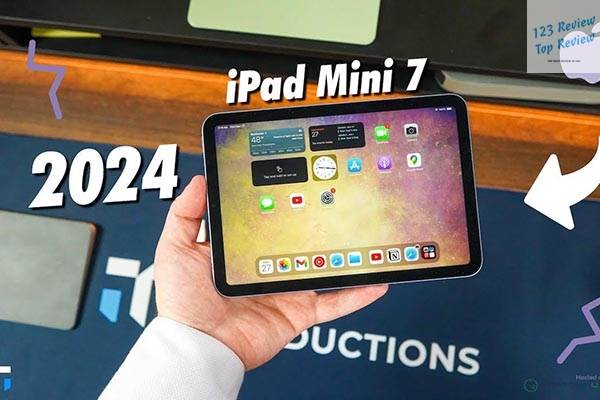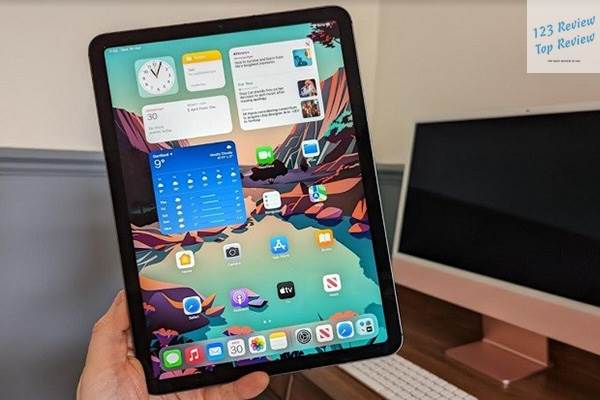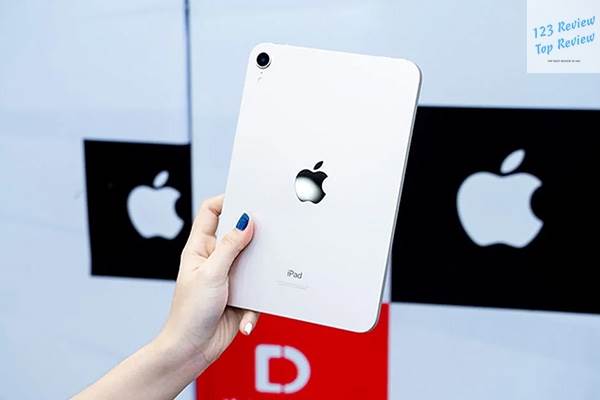Apple’s smartwatches have long set the benchmark for innovation and performance in the wearable tech market. With the release of the Apple Watch Series 8 and Series 9, Apple continues to push the boundaries of what smartwatches can achieve. For those considering an upgrade or a first-time purchase, understanding the differences between these two models […]
The Apple Watch Series 7 and Series 8 are popular smartwatches, each offering unique features and improvements.
The Apple Watch Series 9, released in September 2023, continues Apple’s tradition of innovation in the smartwatch industry.
The Apple Watch Series 8 is a testament to Apple’s commitment to innovation and excellence in wearable technology.
The Apple Watch Series 7 stands out with its larger display, refined design, and enhanced features in Apple’s smartwatch lineup.
The Apple Watch has become a benchmark in wearable technology, consistently delivering a combination of innovation, functionality, and style.
Siri’s voice, generated by text-to-speech technology, has grown more natural since its 2011 launch through Apple’s improvements.
Explore the standout features and specifications of the iPad Mini 7, including its upgraded processor, enhanced display, and improved camera system.
Review the iPad Air (5th Generation), including its design, performance, display features, camera capabilities, and software experience.
The iPad Mini 6 is a remarkable blend of power, portability, and versatility, making it one of the most appealing tablets in Apple’s lineup.
